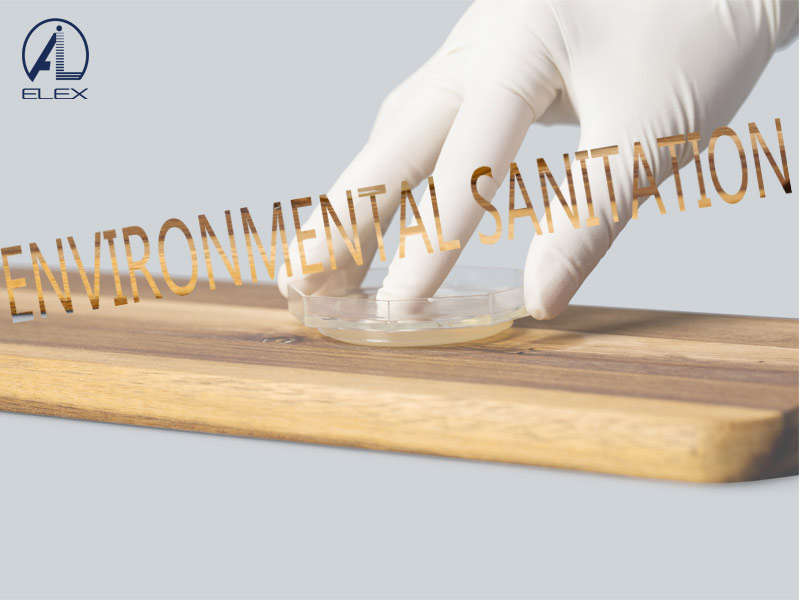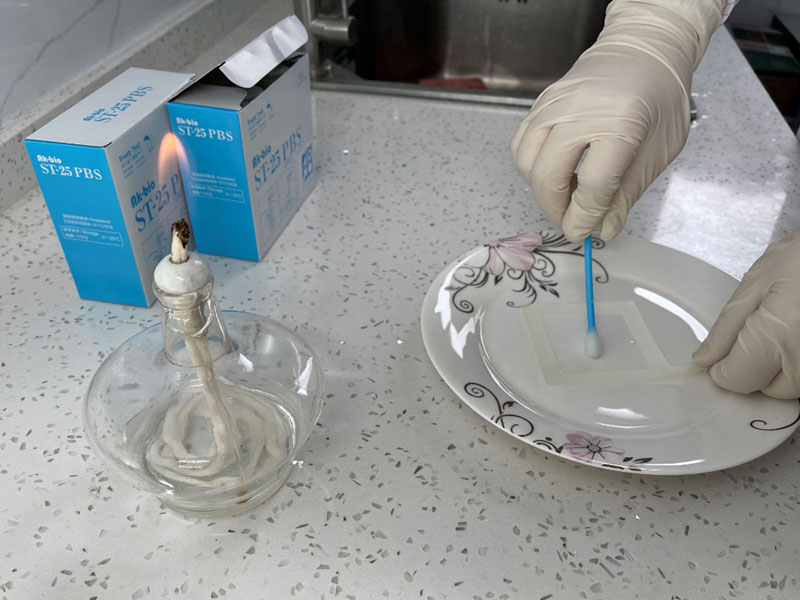(1) Remove surface floating soil, withered material, etc. and select if the sample should pass through a 2mm sieve, depending on the environmental soil sampling situation. Each sample should be collected from 3 or more sampling points and mixed, and it is recommended that the sample be split into 3-5 backups.
Note: Environmental soil sampling requires attention that the depth and volume of soil taken at each sampling site should be uniform and that the ratio of the upper to lower layers of the soil sample should be the same.
(2) Store in sterile centrifuge tubes in a bubble box (ice pack or dry ice) and transport back to the laboratory below 0°C.
(3) If conditions do not permit immediate DNA extraction, samples may be stored in a refrigerator at -80°C and sent via dry ice to the company for extraction of total sample DNA.
Inter-roots, that part of the microdomain environment that is affected by plant root activity and differs in physical, chemical and biological properties from that of the soil. Part of the study is concerned with the interrelationship between soil micro-organisms and plants and therefore requires sampling of inter-root soils.
(1) Plants are collected and the looser soil around the roots is removed and that which remains attached to the root surface is considered inter-root soil. Place the plants in an incubator with ice packs or dry ice, protected from light conditions and transported back to the laboratory below 0°C.
(2) Prepare a sterile container and wash off the inter-root soil by shaking the root portion of the plant in a buffer (PBS or saline) for a time and at an intensity adjusted to the actual condition of the microbiology sample test.
(3) The washing solution is centrifuged at high speed and the soil precipitate is collected, or, if the precipitate is small, the membrane is filtered and the sample is mixed in equal quantities at multiple points from the same sample.
(4) Samples are dispensed into centrifuge tubes, sealed, marked with sample information and then snap frozen in liquid nitrogen, stored in a -80°C refrigerator and sent in dry ice.
 A Tentative Study on the relevance of HACCP certification and infection control in hospital
A Tentative Study on the relevance of HACCP certification and infection control in hospital
 Environmental Sanitation Microbiology Testing
Environmental Sanitation Microbiology Testing
 Microbiology Test in Food Industry
Microbiology Test in Food Industry
 The Applicability of High-quality Ready-to-use Swab Sampler for Tableware Sampling and Public Places Supplies and Utensils Microorganisms
The Applicability of High-quality Ready-to-use Swab Sampler for Tableware Sampling and Public Places Supplies and Utensils Microorganisms
 Spike Experiment of DNP Culture Media Plate Based on Ice Cream
Spike Experiment of DNP Culture Media Plate Based on Ice Cream

